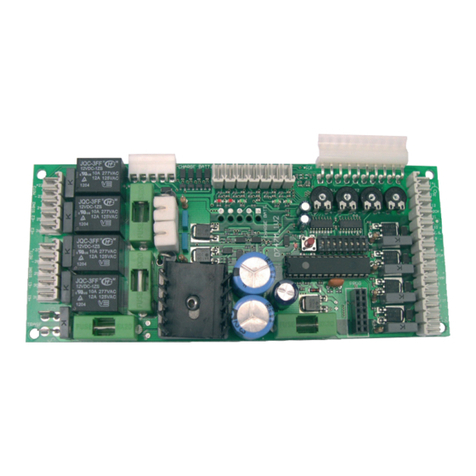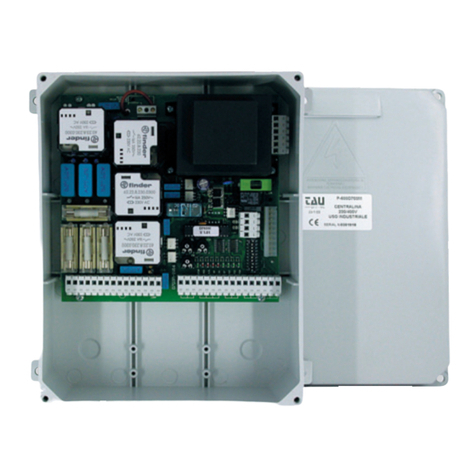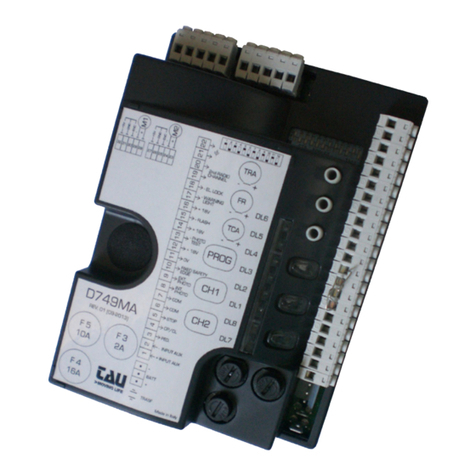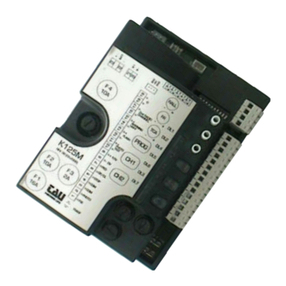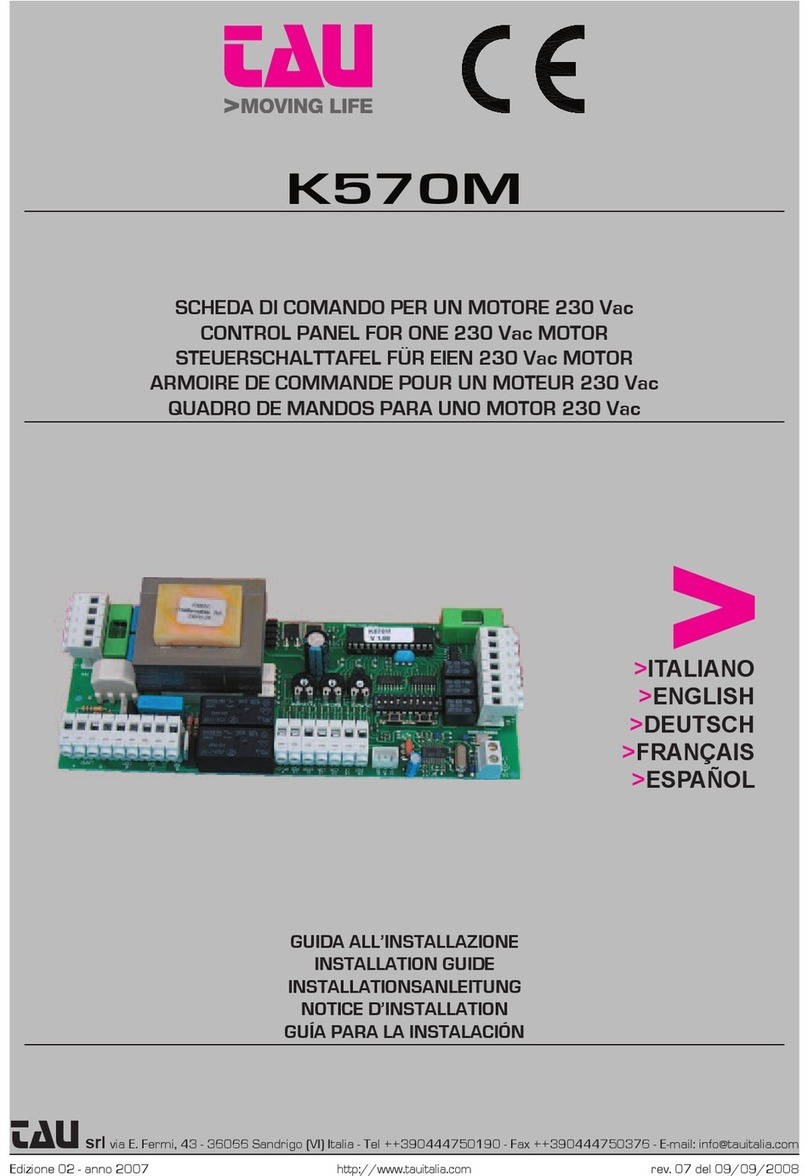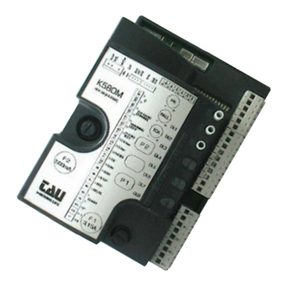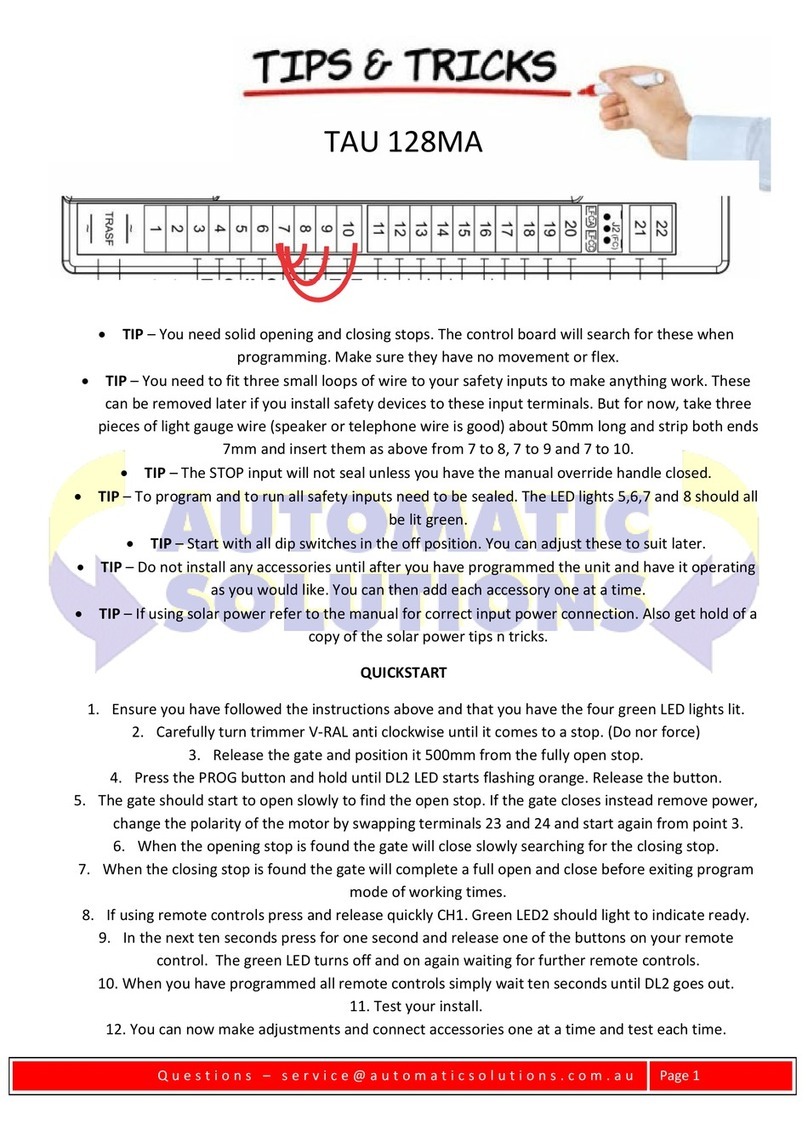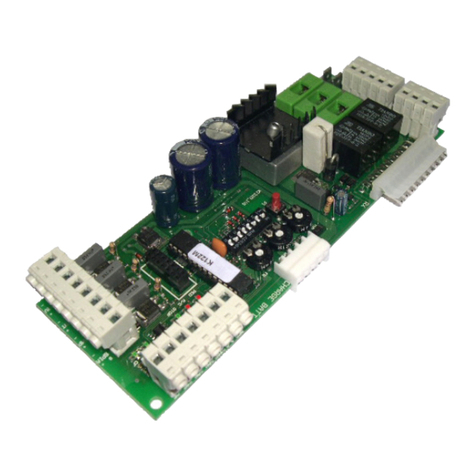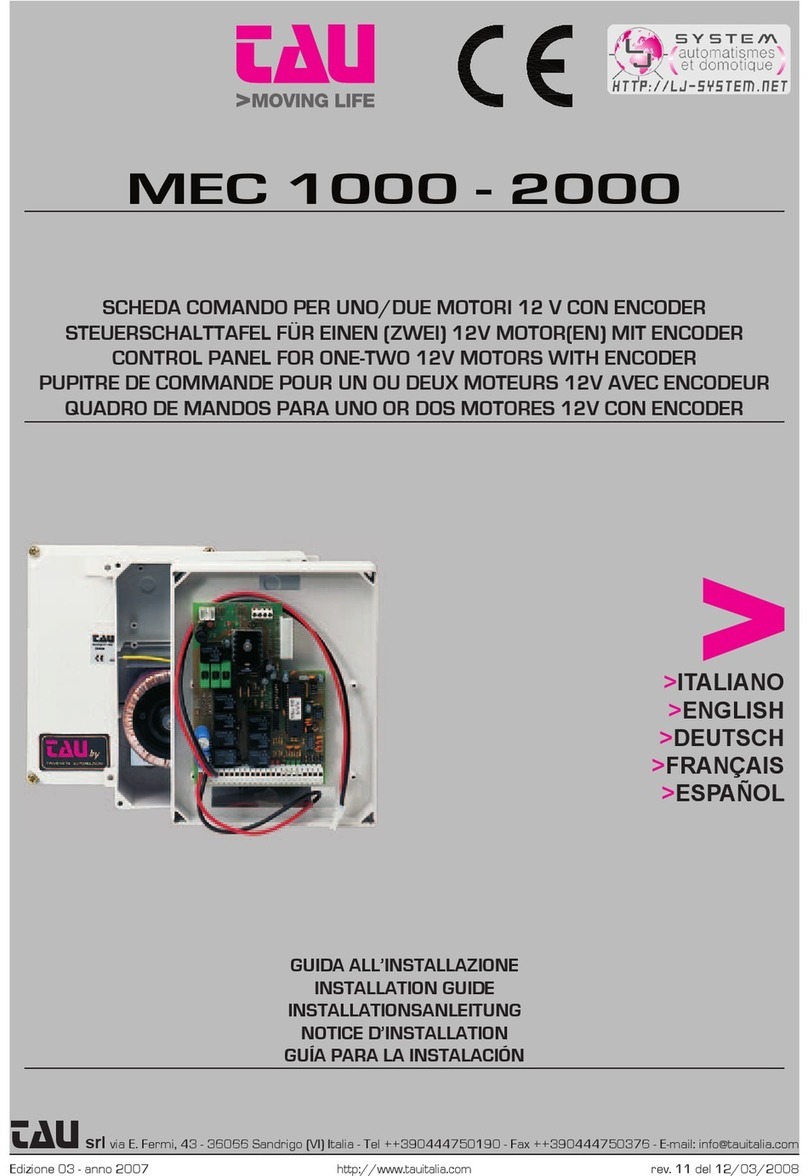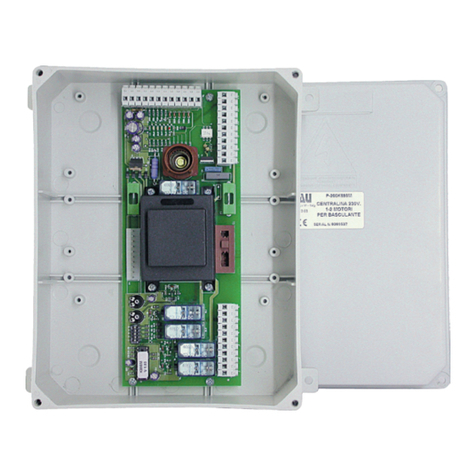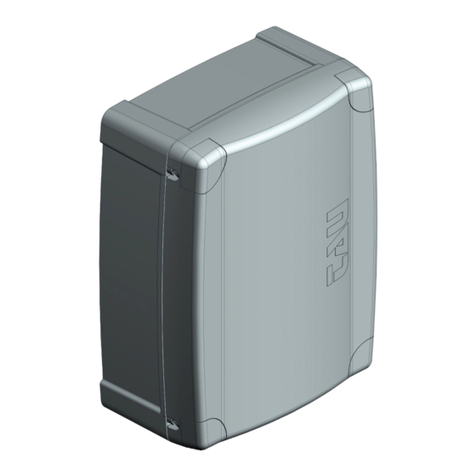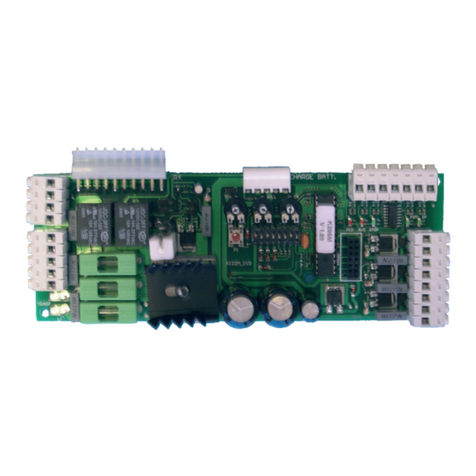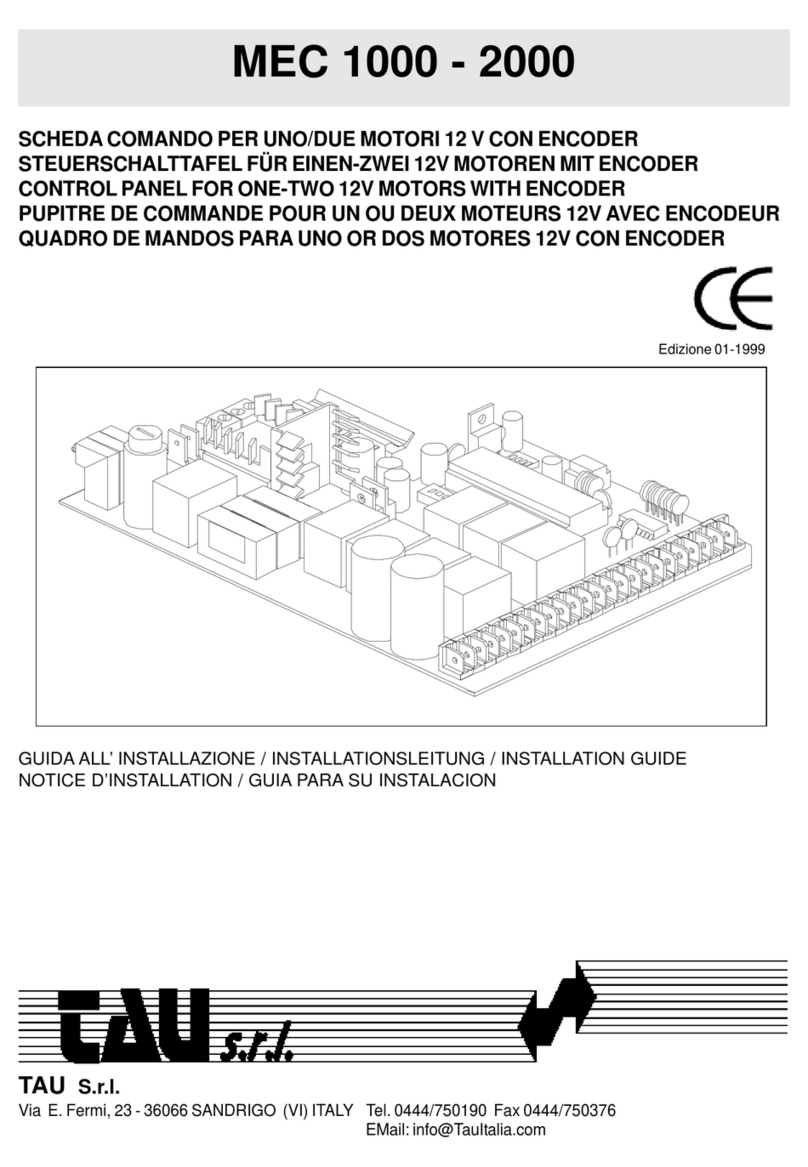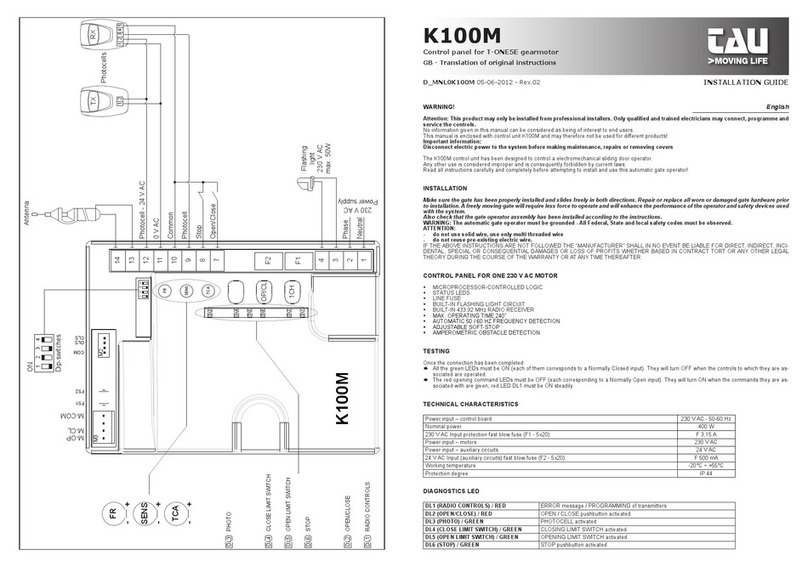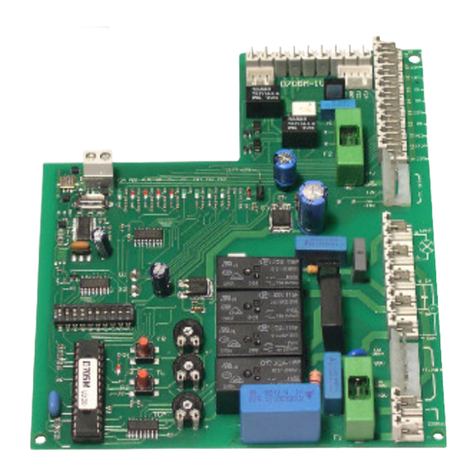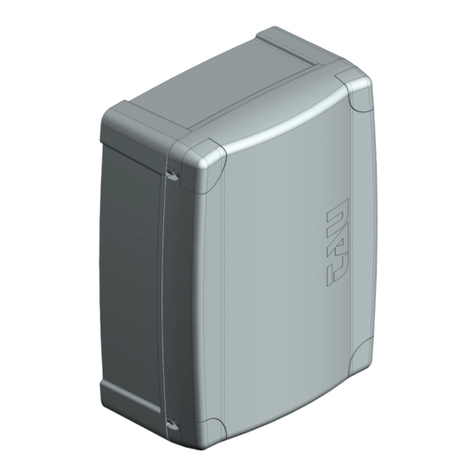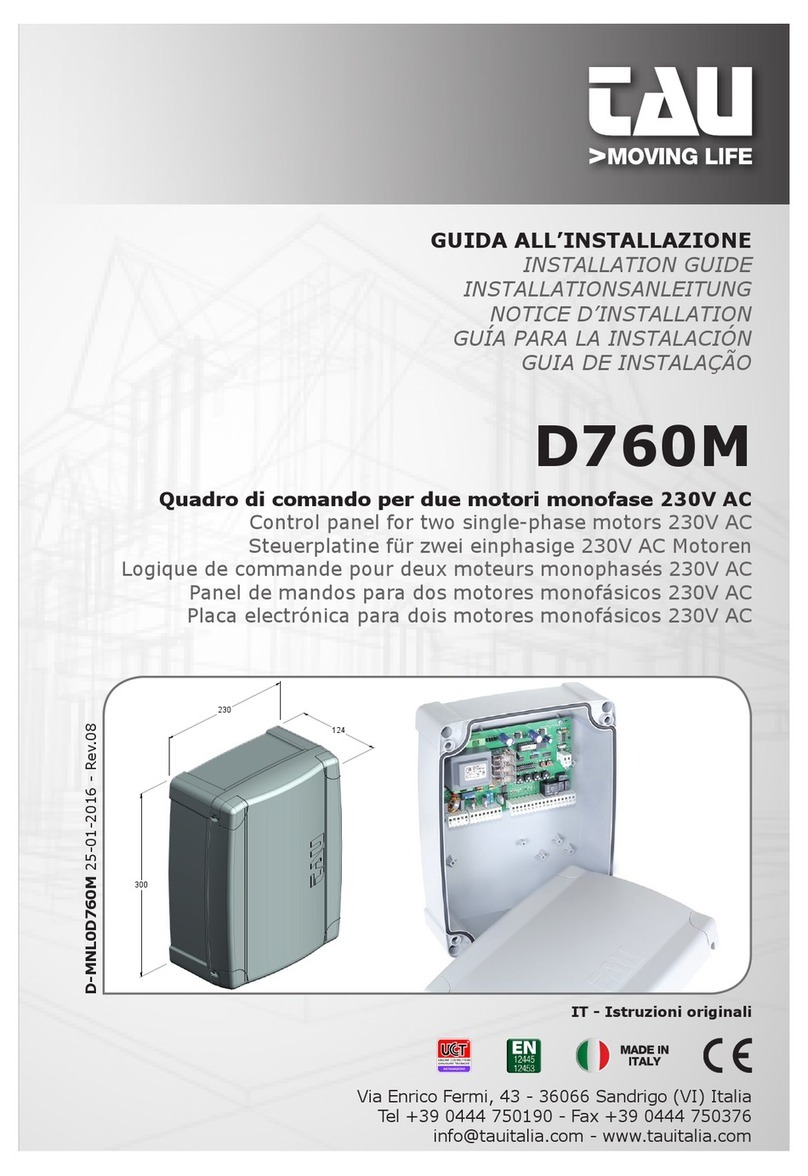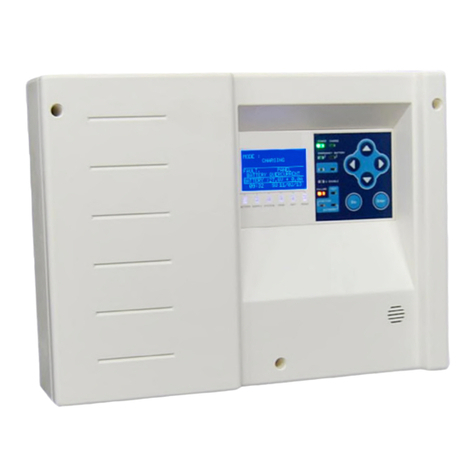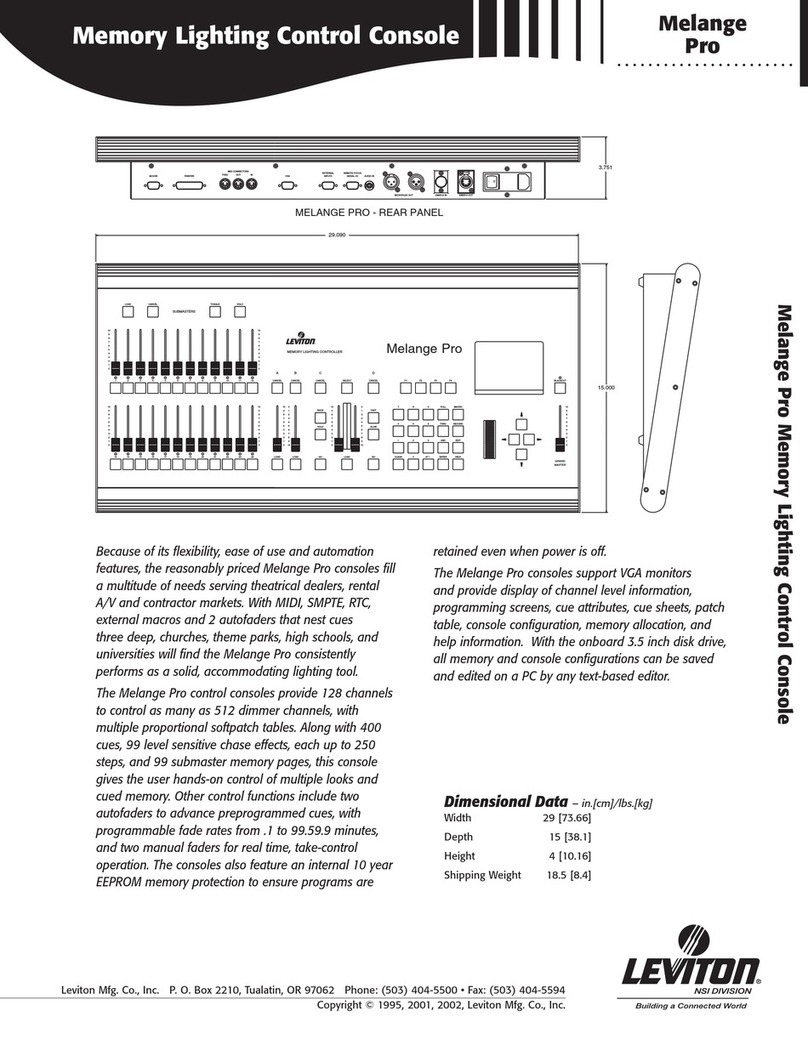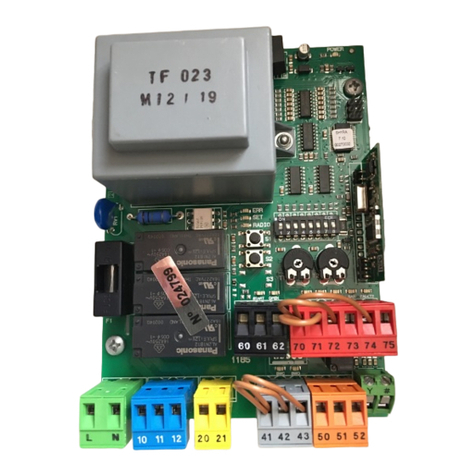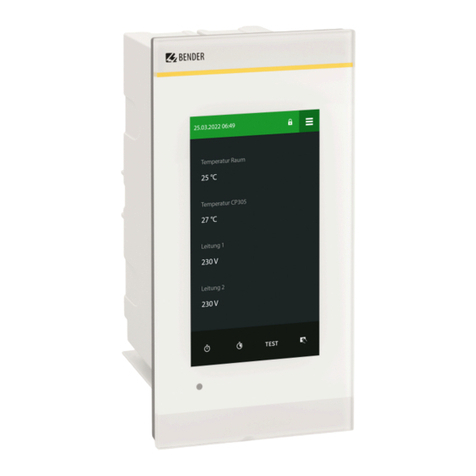tau K590M User manual

GUIDA ALL’INSTALLAZIONE
INSTALLATION GUIDE
INSTALLATIONSANLEITUNG
NOTICE D’INSTALLATION
GUÍA PARA LA INSTALACIÓN
GUIA DE INSTALAÇÃO
IT - Istruzioni originali
K590M
1 2 3 4 5 6 7 8 9 10
K590M
M5
SM
D-MNL0K590M 14-01-2021 - Rev.00 Ver. Firmware 8.xx

2
FR
SENS
TCA
12
13
14
15
16
17
18
19
20
21
22
1
2
3Neutral
230 Vac
Power supply
Phase
M-OP
ENC
AUX
FC
FS2
FS1
M-COM
M-CL
CH2
CH1
PROG
F1
3,15A
F2
500mA
DL1V
DL1R
DL2
DL3
DL4
DL5
DL6
DL7
DL8
DL9
4
5
6
7
8
9
10
11
1 2 3 4 5 6 7 8 9 10 11 12
1 2 3 4 5 6 7 8 9 10 11 12
Open/Close
Pedestrian
Stop
Common
Open
Gate open warning
light max. 3W
2nd radio
channel
K590M
Dip-switchesON
M1
M5
SM
M4
M2
M3
TCA
+-
SENS
+-
FR
+-
Photocells
Photocell (N.C.)
Photocell TX
Fixed safety edge
Common
RX
12345
TX
1 2
0 Vac
Signal
GND
+ VLED
- VLED
Photocell RX - 24 Vac
Trimmer:
Lamp
(VLED)
DL1R
DL1V
DL2
DL3
DL4
DL5
DL6
ERRORS - RADIO
RECEIVERS
OPEN
OPEN/CLOSE
PEDESTRIAN
STOP
FIXED SAFETY EDGE
DL7 PHOTO
DL8 FCA
DL9 FCC
LEDs:
SCHEMA
CABLAGGIO
K590M
K590M
WIRING
DIAGRAM
SCHALTPLAN
DER K590M
SCHÉMA
CÂBLAGE
K590M
ESQUEMA DEL
CABLEADO
K590M
ESQUEMA
DE LIGAÇÕES
K590M

3
FR
SENS
TCA
12
13
14
15
16
17
18
19
20
21
22
1
2
3Neutral
230 Vac
Power supply
Phase
M-OP
ENC
AUX
FC
FS2
FS1
M-COM
M-CL
CH2
CH1
PROG
F1
3,15A
F2
500mA
DL1V
DL1R
DL2
DL3
DL4
DL5
DL6
DL7
DL8
DL9
4
5
6
7
8
9
10
11
1 2 3 4 5 6 7 8 9 10 11 12
1 2 3 4 5 6 7 8 9 10 11 12
Open/Close
Pedestrian
Stop
Common
Open
Gate open warning
light max. 3W
2nd radio
channel
K590M
Dip-switchesON
M1
M5
SM
M4
M2
M3
TCA
+-
SENS
+-
FR
+-
Photocells
Photocell (N.C.)
Photocell TX
Fixed safety edge
Common
RX
12345
TX
1 2
0 Vac
Signal
GND
+ VLED
- VLED
Photocell RX - 24 Vac
Trimmer:
Lamp
(VLED)
DL1R
DL1V
DL2
DL3
DL4
DL5
DL6
ERRORS - RADIO
RECEIVERS
OPEN
OPEN/CLOSE
PEDESTRIAN
STOP
FIXED SAFETY EDGE
DL7 PHOTO
DL8 FCA
DL9 FCC
LEDs:

14
WARNINGS
This manual has been especially written for use by quali ed tters. No information given in this manual
can be considered as being of interest to end users. This manual is enclosed with control unit K590M and
may therefore not be used for dierent products!
Important information:
Disconnect the panel from the power supply before opening it.
The K590M control unit has been designed to control an electromechanical gear motor for automating
gates and doors of all kinds.
Any other use is considered improper and is consequently forbidden by current laws.
Please note that the automation system you are going to install is classi ed as “machine construction”
and therefore is included in the application of European directive 2006/42/EC (Machinery Directive).
This directive includes the following prescriptions:
- Only trained and qualied personnel should install the equipment;
- the installer must rst make a “risk analysis” of the machine;
- the equipment must be installed in a correct and workmanlike manner in compliance with all the
standards concerned;
- after installation, the machine owner must be given the “declaration of conformity”.
This product may only be installed and serviced by qualied personnel in compliance with current, laws,
regulations and directives.
When designing its products, TAU observes all applicable standards (please see the attached declaration
of conformity) but it is of paramount importance that installers strictly observe the same standards when
installing the system.
Unqualied personnel or those who are unaware of the standards applicable to the “automatic gates
and doors” category may not install systems under any circumstances.
Whoever ignores such standards shall be held responsible for any damage caused by the system!
Do not install the unit before you have read all the instructions.
INSTALLATION
Before proceeding, make sure that the gate opens and closes easily without mechanical impedi-
ments of any kind. Also check that the gear motor assembly has been installed according to the
instructions and also that the relative rack has been installed on the gate so as not to create
mechanical obstacles during opening and closing.
THE EQUIPMENT MUST BE INSTALLED “EXPERTLY” BY QUALIFIED PERSONNEL AS REQUIRED BY LAW.
Note: it is compulsory to earth the system and to observe the safety regulations that are in
force in each country.
IF THESE ABOVE INSTRUCTIONS ARE NOT FOLLOWED IT COULD PREJUDICE THE PROPER WORKING
ORDER OF THE EQUIPMENT AND CREATE HAZARDOUS SITUATIONS FOR PEOPLE. FOR THIS REASON
THE “MANUFACTURER” DECLINES ALL RESPONSIBILITY FOR ANY MALFUNCTIONING AND DAMAGES
THUS RESULTING.
1. CONTROL PANEL FOR ONE 230V AC MOTOR
• MICROPROCESSOR-CONTROLLED LOGIC
• INPUT STATUS LED’S
• LINE INPUT FUSE
• BUILT-IN FLASHING LIGHT CIRCUIT
• 433.92 MHz 2 CHANNEL BUILT-IN RADIO RECEIVER (CH)
• OPERATING TIME FIXED AT 120 sec.
• AUTOMATIC DETECTION OF THE POWER SUPPLY FREQUENCY (50 or 60 Hz)
• MOTOR TORQUE CONTROL AND OBSTACLE DETECTION BY MEANS OF ENCODER
• ADJUSTABLE DECELERATION
• “SLOW-DOWN” FUNCTION IN OPENING AND IN CLOSING PHASE
• DIAGNOSTICS OF MALFUNCTIONS SIGNALLED BY LED
ENGLISH

15
ENGLISH
• COMPATIBILITY WITH OUR APPS: TAUOPEN AND TAUAPP
ATTENTION:
- do not use single cables (with one single wire), ex. telephone cables, in order to avoid break-
downs of the line and false contacts;
- do not re-use old pre-existing cables.
- In case of long sections of cables (> 20 m) for N.O./N.C. controls (e.g. OPEN / CLOSE, STOP, PEDE-
STRIAN, etc.), in order to avoid gate malfunctions, it will be necessary to uncouple the various
controls using RELAYS or using our 750T-RELE device.
2. TESTING
When you have completed the connection:
• All the green LEDs (from 3 to 6) must be on (each of them corresponds to a Normally Closed input).
They go o only when the controls to which they are associated are operated.
• The red opening command LEDs must all be unlit (each corresponding to a Normally Open input)
and illuminate only when the commands they are associated with are given; The green led DL1V
will ash every 4 seconds.
3. TECHNICAL CHARACTERISTICS
Power input to board 230V AC - 50 Hz
Nominal power 400 W
Fast acting fuse for protection of input power supply 230V AC (F1 - 5x20) F 3,15 A
Input voltage of motor circuits 230V AC
Input voltage of auxiliary circuits 24V AC
Fast acting fuse for protection of auxiliary circuits 24V AC (F2 - 5x20) F 500 mA
Working temperature -20°C ÷ +55°C
Box degree of protection IP 44
4. TERMINAL BOARD CONNECTIONS
Terminals Function Description
1 - 2 - 3 POWER
SUPPLY
POWER input 230V AC - 50Hz (115V AC - 60 Hz).
1=PHASE 2= EARTH 3= NEUTRAL;
4 - 8 OPEN OPEN pushbutton input (Normally Open contact); (8=COMMON, 4=OPEN)
5 - 8 OPEN/CLOSE OPEN/CLOSE pushbutton input (Normally Open contact); (8=COMMON,
5=OPEN/CLOSE)
6 - 8 PEDESTRIAN
PEDESTRIAN pushbutton input (Normally Open contact);
NOTE by factory settings the automation will open Equal to one
third of the total strike. (8= COMMON, 6= PEDESTRIAN)
7 - 8 STOP STOP pushbutton input (Normally Closed contact);(8=COMMON, 7=STOP)
9 - 10 SENSITIVE
EDGE
SAFETY EDGE input (Sensitive edge with resistive or N.C. contact). During
the opening phase, it temporarily stops the gate and makes it close again
for about 20 cm, thus allowing to free the potential obstacle.
During the closing phase, it stops the gate and makes it totally reopen. In
this case, if programmed, the automatic closing will be inhibited. Jumper
terminals if not used. (9 = COMMON - 10 = SENSITIVE EDGE)
NOTE: if a resistive sensitive edge 8K2 Ohm is connected, set dip-
switch no. 12 to ON;
If a xed safety edge with NC contact is connected, set dip-switch
no. 12 to OFF;

16
9 - 11 PHOTOCELLS
Input for PHOTOCELLS OR SAFETY DEVICES active during closure (Normally
Closed contact); They stop the gate during closing and totally reopen it; they
temporarily stop the gate during opening in order to allow the obstacle to
be removed (if dip switch n° 3 set to ON). If there is more than one safety
device, connect all the NC contacts IN SERIES.
(9=COMMON, 11= PHOTOCELLS)
Note: the photocell transmitter must always be supplied by terminals
no. 13 - 15, since the safety system test (photo-test) is carried out on
it. To override the testing of the safety system, or when the photocells
are not used, set dip-switch no. 6 to OFF. If the photo-test is not
successful, the control unit will not operate.
12 - 13 2nd RADIO
CHANNEL
2nd RADIO CHANNEL output to be used for opening/closing another gate,
for controlling garden lights or for the “ZONE LIGHTING” function; (to be
programmed via TauApp);
Warning: to connect other devices to the 2nd Radio Channel (area
lighting, pumps, etc.), use an additional auxiliary relay.
14 - 15 GATE OPEN
LED
GATE OPEN LED output 24V AC - max. 3W; during opening of the gate
the warning light ashes slowly, when the gate is open it remains steadily
illuminated and during closure it ashes twice as fast. 14= 0Vac, 15= 24Vac;
16 - 18 TX
PHOTOCELL
24V AC 10 W POWER output for PHOTOCELL TX (only the one that
performs the Phototest) max. no. 1 photocell transmitter.
18= 0Vac, 16= 24Vac;
17 - 18 RX
PHOTOCELLS
24V AC 10W output to POWER THE RX AND/OR OTHER TX OF OHER
INSTALLED PHOTOCELLSPHOTOCELLS AND/OR EXTERNAL RECEIVERS,
etc.; connect a max. of 3 pair of photocells. 18= 0Vac, 17= 24Vac;
19 - 20 FLASHING
LIGHT
LEDS FLASHING LIGHT output 12V dc, 200mA max.
(NEGATIVE=19 - POSITIVE=20) The signal is already modulated for direct use.
Flashing frequency is double during closing;
21 - 22 AERIAL 433,92 MHz built-in RX antenna input; 21= EARTH, 22= SIGNAL;
M1 LIMIT
SWITCH
Quick coupling for LIMIT SWITCH connection (Normally Closed contacts).
Orange= Closure Limit Switch (CLS),
ed= Opening Limit Switch (OLS), grey= Common (COM);
M2 ENCODER Quick coupling for ENCODER connection. Blue= 0V DC (GND), brown= 5V
DC (+5V), white= ENCODER SIGNAL (ENC);
FS1 - FS2 CAPACITOR Faston for motor CAPACITOR connection;
M3 230V AC
MOTOR Quick coupling for 230 Vac single-phase MOTOR connection common=
BLUE (M-COM); closure= BROWN (M-CL); opening= BLACK (M-OP).
M4 AUX Quick coupling for the connection of the T-WIFI and T-CONNECT devices
M5 MEMORY CARD Quick plug-in for MEMORY CARD connection for transmitters codes.
5. LOGIC ADJUSTMENTS
TRIMMER
FR. Motor torque adjustment. The trimmer is set to provide sucient thrust to work the gate
without exceeding the limits established by current standards (EN 12453). Turning the
trimmer clockwise (+) increases the motor torque, turning it anticlockwise (-) reduces it.
SENS Adjustable only with ENCODER enabled (DIP 11 ON).
Obstacle detection additional adjustment;
Note: by rotating the TRIMMER FR. clockwise the sensitivity to obstacles of the oper-
aor decreases and therefore the thrust force increases; vice-versa, by rotating it anti-
clockwise, the sensitivity to obstacles of the operator increases and therefore the
thrust force decreases.
WARNING: with the trimmer at maximum, the obstacle detection is disabled!!
T.C.A. Automatic closing time adjustment from 5 to 120 seconds.
ENGLISH

17
Dip switch
1AUTOMATIC
CLOSING
On after opening, the gate automatically closes when the delay set on the
T.C.A. trimmer expires.
O automatic closing disabled.
22 / 4 STROKE
On with automatic closing enabled, a sequence of open/close commands
causes the gate to OPENCLOSE-OPEN-CLOSE etc (see also dip switch 4).
O in the same conditions, the same command sequence causes the gate
to OPEN-STOP-CLOSESTOP-OPEN-STOP (step-by-step).
3
OPENING
PHOTOCELLS
OPERATION
On during opening, cutting photocell stops the gate until the obstacle is
removed. When the obstacle is removed the gate resumes opening;
O during opening, the photocell does not cut in.
4NO
REVERSE
On NO-REVERSE function activated; the gate ignores the closure commands
during opening; reversal of movement occurs only during closure;
O the open-close pushbutton reverses the direction of movement of the
gate even while it is opening.
5PRE-
FLASHING
On pre-ashing function enabled.
O pre-ashing function disabled.
6PHOTOCELL
TEST
On “photocell test” function is enabled;
O “photocell test” function is disabled.
Note: to be used when the photocells are not used.
7PEDESTRIAN ENTRY
FUNCTION
On CLOSE button input (Normally Open contact)
O PEDESTRIAN button input (Normally Open contact);
8DEAD MAN’S
SWITCH
On Dead man’s switch active for the OPEN and CLOSE keys (term. 4-8 and
6-8 with dip switch 7 in ON);
O Dead man’s switch not active
9GATE
TYPE
On settings for heavy gates or particularly dicult to open and close;
O settings for standard gates.
10
OPENING
DIRECTION
SETUP
On left-hand leaf opening function;
O right-hand leaf opening function;
11
ENCODER On ENCODER enabled: encoder obstacle detection function activated (use
the trimmers FR and SENS to adjust the sensitivity to obstacles);
O ENCODER disabled - obstacle detection disabled;
NOTE: moving DIP 11 from ON to OFF (or vice versa), learning process has to be
initialized again.
12 SENSITIVE
EDGE
On RESISTIVE SENSITIVE EDGE 8K2 Ohm (terminal no. 11);
O FIXED EDGE (NC contact – terminal no. 11).
OBSTACLE DETECTION
If the obstacle detection function (which can be set through trimmers FR and SENS) gets activated dur-
ing an opening manoeuvre, the gate closes approx. 20 cm., if it is activated during a closing manoeu-
vre, the gate opens fully.
WARNING: the control panel logics may interpret mechanical friction as an obstacle.
ENGLISH

18
6. STROKE SETTINGS PROCEDURE WITH OR WITHOUT SLOWDOWN (SETUP)
WARNING: The learning process has to be done even if ENCODER function is
disabled (DIP 11 OFF).
It is recommended to start the learning process already on the FCC closing limit switch.
Press the PROG key and keep it pressed until the DL1R and DL1V leds start ashing quickly. After re-
leasing it, the procedure carries out the following steps:
1_If the automation is already on the FCC limit switch, it goes directly to point 2.
Otherwise, if the automation is not on the FCC, it starts to look for the closing limit switch;
If the automation opens instead of closing, stop the learning process (by cutting the
photocells or opening the STOP contact), invert DIP 10 and continue the learning process
by pressing PROG briey.
2_ The automation starts to measure the stroke from FCC to the opening limit switch FCA;
WARNING: - SETTING SLOWDOWN: (skip this procedure to disable slowdown) During
the opening cycle press PROG or close the OPEN/CLOSE contact at the desired position
where to start the slowdown.
3_ Once the opening is done, the automation starts to measure the stroke from the opening limit
switch FCA to the closing limit switch FCA;
SETTING SLOWDOWN: (skip this procedure to disable slowdown) During the opening cy-
cle press PROG or close the OPEN/CLOSE contact at the desired position where to start
the slowdown.
4_ The green led DL1V will ash every 4 sec. Learning process procedure is terminated.
WARNING: if during the learning process either the STOP, or PHOTOCELLS or SAFETY
EDGE contact will be opened the automation stops. By pressing PROG or closing the
OPEN/CLOSE contact the learning process starts again from pont nr. 1
7. 433.92 MHz BUILT-IN RADIO RECEIVER
The radio receiver can learn up to a maximum of 30 rolling codes (BUG2R, BUG4R, K-SLIM-RP, T-4RP)
which can be set on both the two channels as desired.
The rst channel directly commands the control board for opening the automatic device; the second
channel commands a relay for a N.O. dry contact (terminals 12 and 13, max. 24 Vac, 1 A).
LEARNING PROCEDURE FOR TRANSMITTERS
CH1 = OPEN/CLOSE CH2 = 2nd channel CH3 = 3rd channel (PEDESTRIAN)
1_ press button CH1 briey to associate a transmitter with the OPEN/CLOSE function;
2_ LED (green) DL1V turns on to indicate that the code learning mode has been activated (if no code
is entered within 10 seconds, the board exits the transmitters learning mode);
3_ press the desired channel of the transmitter to be memorized;
4_ the LED (green) DL1V turns o to indicate saving is complete and then turn on immediately waiting
for another transmitter to be memorized (if this is not the case, try to re-transmit or wait 5 seconds
and restart from point 1);
5_ to memorise other transmitters, press the desired channel of the new transmitter within 5 sec
otherwise the learning procedure will be automatically closed and LED (green) DL1V turns o. To
repeat the procedure to learn new remote controls start again from point 1 (up to a maximum of
30 transmitters);
6_ to memorise codes on the 2nd channel, repeat the procedure from point 1 using button CH2 in-
stead of CH1; (in this case the red/ green leds DL1R and DL1V will light up);
7_ to program transmitters into the third channel, repeat procedure from point 1 using CH1 and CH2
buttons at the same time (DL8 will turn on red);
If the maximum number of radio controls is reached (30), the DL1V (green) led for CH1
and the DL1R (red) led for CH2 ash for about 3 seconds without however, carrying out
the memorization.
ENGLISH

19
REMOTE PROGRAMMING BY MEANS OF T-4RP and K-SLIM-RP (V 4.X)
With the new version of software V 4.X it is possible to carry out a remote self-learning of transmitters
T-4RP and K-SLIM-RP (new version V 4.X), without pressing the receiver’s programming buttons.
It will be sucient to have an already programmed transmitter on the receiver in order to start the
procedure of remote programming of the new transmitters. Follow the procedure written on the in-
structions of the transmitters T-4RP and K-SLIM-RP (V 4.X).
CANCELLING CODES FROM RADIO CONTROL DEVICES
1_ keep button CH1 pressed for 3 seconds in order to cancel all the associated transmitters;
2_ The green LED DL1V ashes slowly to indicate that the cancellation mode has been activated;
3_ press button CH1 again for 3 seconds;
4_ The green LED DL1V turns o for approx. 3 seconds and then remains steady to indicate that the
codes has been cancelled;
5_ repeat the procedure from point 1 using button CH2 to cancel all the associated transmitters;
6_ repeat procedure from point 1 using CH1 and CH2 buttons at the same time to erase all transmit-
ters programmed into the third channel;
7_ to exit the cancelling mode without deleting any code, press button CH1 or CH2 briey.
MEMORY CAPACITY
The code memory capacity* can be expanded from 30 to 126, 254 or 1022 codes (transmitters) by replacing
the memory cards as follows
(plug them onto M5 connector, see wiring diagram)
:
126 codes Art. 250SM126
254 codes Art. 250SM254
1022 codes Art. 250SM1022
* Control units are supplied with a standard built-in 30-code memory. The memory card for enhancing the
code memory capacity must be ordered separately.
To allow the previously stored codes (max. 30) to be moved to the control unit, it is required to install
a memory card, making sure that the control unit is at that time o and that the memory card is brand
new and therefore completely empty.
When the control unit is restarted, the codes will automatically move to the memory card.
Moving the codes from the control unit to the memory card does not work if on the memory
card used, radio control codes have already been stored and the memory card has been subse-
quently erased.
To insert new radio controls, the operation described above shall be repeated.
WARNING: Control unit must be turned OFF to insert / remove a memory card.
RADIO MEMORY RESET:
- press without releasing the keys CH1 and PROG until the DL1R (red) led stays on and the DL1V
(green) led starts ashing quickly. At this point release the keys and press them again till the LEDs
go o conrming the operation is complete.
HARD RESET (factory setting):
- press without releasing keys CH2 and PROG till LED DL1R start ashing quickly with a red light. At
this point release the keys and press them again till the LED go o (reset in progress), conrming
the operation is complete. When the unit starts again saving will be required.
In case of Hard Reset the memory of the radio receiver will not be erased: all existing
transmitters remain programmed.
8. ADVANCED FUNCTIONS
Clock function: a timer can be connected to the open-close pushbutton in order to keep the gate open
at certain times during the day, after which it reverts to automatic closing.
Note: the gate remains open as long as the Op/Cl input continues to be activated.
ENGLISH

20
9. DIAGNOSTICS LED
DL1V (green) + DL1R
(red)Led indicating the programming of REMOTE CONTROLS, ERRORS and the
status of the control unit
DL2 - red OPEN button LED signal
DL3 - red OPEN/CLOSE button LED signal
DL4 - red PEDESTRIAN button LED signal
DL5 - green STOP button LED signal
DL6 - green SENSITIVE EDGE LED signal
DL7 - green PHOTOCELL LED signal
DL8 - green OPEN LIMIT SWITCH LED signal (FCA)
DL9 - green CLOSE LIMIT SWITCH LED signal (FCC)
LED: DL1V (green) + DL1R (red)
Leds DL1R and DL1V displays any mistakes with a series of pre-set ashes:
Key: led always on; led ashing; led o;
/ Alternate ashing (Red/Green): Saving to be performed;
/ Fast ashing of both
(Red/Green): Saving in progress;
/ 1 ash every 4 seconds Status of the unknown position - Next maneuver
REALIGNMENT
/ No. 8 ashes interspersed with
a pause of 1 sec. (Red/Green): Eeprom data error;
Perform procedure RADIO MEMORY RESET;
LED: DL1V (green) + DL1R (red led always o)
1 ash every 4 seconds (green): Normal operation;
1 ash every 1 seconds (continuous
ashing) Radio memory of the card is read by TAUSOFT
Always on (green): Channel CH1 waiting to be saved;
Fast ashing (green): CH1 channel memory full;
Flashing (green): CH1 channel waiting to be cancelled;
Led o: Cancelling of channel CH1 in progress;
LED: DL1V (green led always o) + DL1R (red)
Led o: Normal operation;
1 ash every 1 seconds (red): Phototest error
Disable phototest (dip-switch 6 OFF), check the operation of the pho-
tocells and their connection;
No. 2 ashes interspersed with
a pause of 1 sec.(red):obstacle motor ;
Make sure there are no obstacles across the path of the gate and that
it slides smoothly;
No. 3 ashes interspersed with
a pause of 1 sec.(red):Faulty encoder or disconnected from M1
Check wiring, check encoder by TEST-ENCODER (optional);
No. 6 ashes interspersed with
a pause of 1 sec. (red)
Reached maximum number of failed automatic closing attempts
Obstacle detected (only with dip 11 ON);
ENGLISH

21
Make sure there are no obstacles across the path of the gate and that
it slides smoothly;
No. 7 ashes interspersed
with a pause of 1 sec. (red):Sensitive edge safety intervention
A command pulse is required to carry out the closure;
No. 8 ashes interspersed with
a pause of 1 sec.(red):Eeprom external memory fault;
Replace the external memory module;
10. SET-UP FOR OPERATION WITH TAU APPS
In order to use the TauApp and TauOpen apps, it will be necessary to connect to input M4 of the
control unit using the supplied cable, the respective T-WIFI and T-CONNECT devices. To activate the
operation of the apps see the respective instructions.
11. RESTORING AUTOMATIC OPERATION
Should the gate needs to be operated manually, use the release system. After a manual operation:
If the reset occurs after a black-out or after a manual intervention, before powering the control board
again it is necessary to place the gate in the totally open or completely closed position.
12. MALFUNCTIONS: POSSIBLE CAUSES AND SOLUTION
The automation does not start
a- Check there is 230Vac power supply with the multimeter;
b- Check that the N.C. contacts on the card really are normally closed (5 green LEDs illuminated)
and that the red opening command LEDs are turned o;
c- make sure the green DL1V led ashes every 4 seconds;
d- Set dip 6 (phototest) to OFF;
e- Check that the fuses are intact with the multimeter.
The radio control has very little range
a- Check that the ground and the aerial signal connections have not been inverted;
b- Do not make any joints on the antenna cable;
c- Do not install the aerial in a low position or behind walls or pillars;
d- Check the state of the radio control batteries.
The gate opens the wrong way
a_ Invert the position of dip-switch No. 10 after having turned o the power to the control unit.
13. GUARANTEE: GENERAL CONDITIONS
TAU guarantees this product for a period of 24 months from the date of purchase (as proved by the
sales document, receipt or invoice).
This guarantee covers the repair or replacement at TAU’s expense (ex-works TAU: packing and trans-
port at the customer’s expense) of parts that TAU recognises as being faulty as regards workmanship
or materials.
For visits to the customer’s facilities, also during the guarantee period, a “Call-out fee” will be charged
for travelling expenses and labour costs.
The guarantee does not cover the following cases:
• If the fault was caused by an installation that was not performed according to the instructions
provided by the company inside the product pack.
ENGLISH

22
MANUFACTURER’S DECLARATION OF INCORPORATION
(in accordance with European Directive 2006/42/EC App. II.B)
Manufacturer: TAU S.r.l.
Address: Via E. Fermi, 43 - 36066 Sandrigo (Vi) - ITALY
Declares under its sole responsibility, that the product: Electronic control unit
designed for automatic movement of: Sliding Gates
for use in a: Residential / Communities complete with: Radioreceiver
Model: K590M Type:K590M
Serial number: see silver label
Commercial name: Control panel for T-ONE5, T-ONE8, T-ONEXL and
MASTER20QR/QM gearmotor
Has been produced for incorporation on an access point (sliding gate) of for assembly with other devices used
to move such an access point, to constitute a machine in accordance with the Machinery Directive 2006/42/EC.
Also declares that this product complies with the essential safety requirements of the following EEC directives:
- 2014/35/EU Low Voltage Directive
- 2014/30/EU Electromagnetic Compatibility Directive
and, where required, with the Directive:
- 2014/53/EU Radio equipment and telecommunications terminal equipment
Also declares that it is not permitted to start up the machine until the machine in which it is incorporated or of
which it will be a component has been identied with the relative declaration of conformity with the provisions of
Directive 2006/42/EC.
The following standards and technical specications are applied:
EN 61000-6-2; EN 61000-6-3; EN 60335-1; ETSI EN 301 489-1 V1.9.2; ETSI EN 301 489-3 V1.6.1;
EN 300 220-2 V3.1.1; EN 12453:2000; EN 12445:2000; EN 60335-2-103.
The manufacturer undertakes to provide, on sufciently motivated request by national authorities, all information
pertinent to the quasi-machinery.
Sandrigo, 31/10/2017 Legal Representative
_________________________________________
Loris Virgilio Danieli
Name and address of person authorised to draw up all pertinent technical documentation:
Loris Virgilio Danieli - via E. Fermi, 43 - 36066 Sandrigo (Vi) Italy
ENGLISH
• If original TAU spare parts were not used to install the product.
• If the damage was caused by an Act of God, tampering, overvoltage, incorrect power supply,
improper repairs, incorrect installation, or other reasons that do not depend on TAU.
• If a specialised maintenance man does not carry out routine maintenance operations accord-
ing to the instructions provided by the company inside the product pack.
• Wear of components.
The repair or replacement of pieces under guarantee does not extend the guarantee period.
In case of industrial, professional or similar use, this warranty is valid for 12 months.

Via Enrico Fermi, 43 - 36066 Sandrigo (VI) - Italy
Tel +39 0444 750190 - Fax +39 0444 750376
[email protected] - www.tauitalia.com
Foglietto illustrativo
CARTA - Raccolta dierenziata. Segui le indicazioni del tuo comune. (N.B.: togliere i punti metallici)
Instruction leaet
PAPER - Waste separation. Follow the instruction s of your city hall. (Note: remove the staples)
22
PAP
Other manuals for K590M
1
Table of contents
Other tau Control Panel manuals
Popular Control Panel manuals by other brands
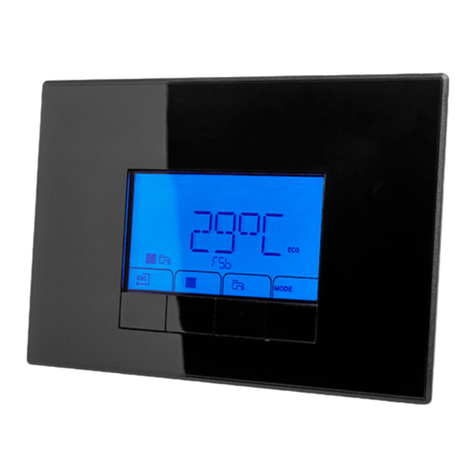
REMEHA
REMEHA HMI S-Control Installation and user manual
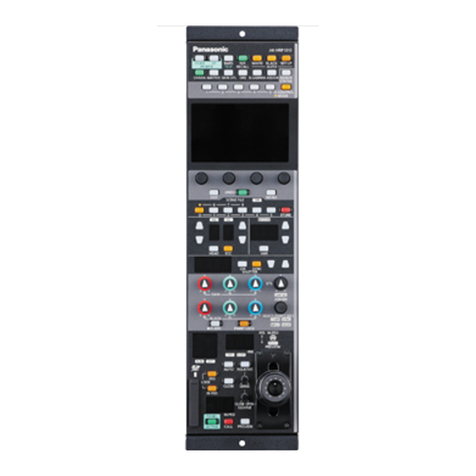
Panasonic
Panasonic AK-HRP1010G operating instructions

Eaton
Eaton P1RX 240Vac Max instruction manual
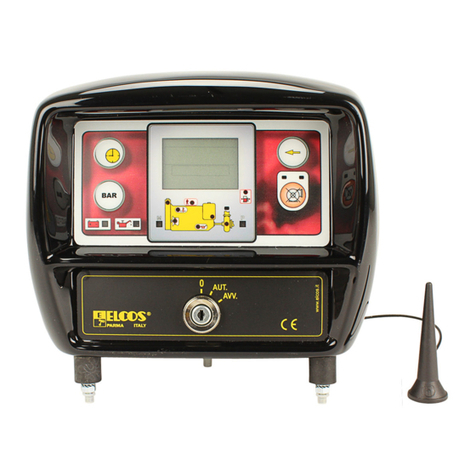
ELCOS
ELCOS CEM-256/10 Instruction and user's manual
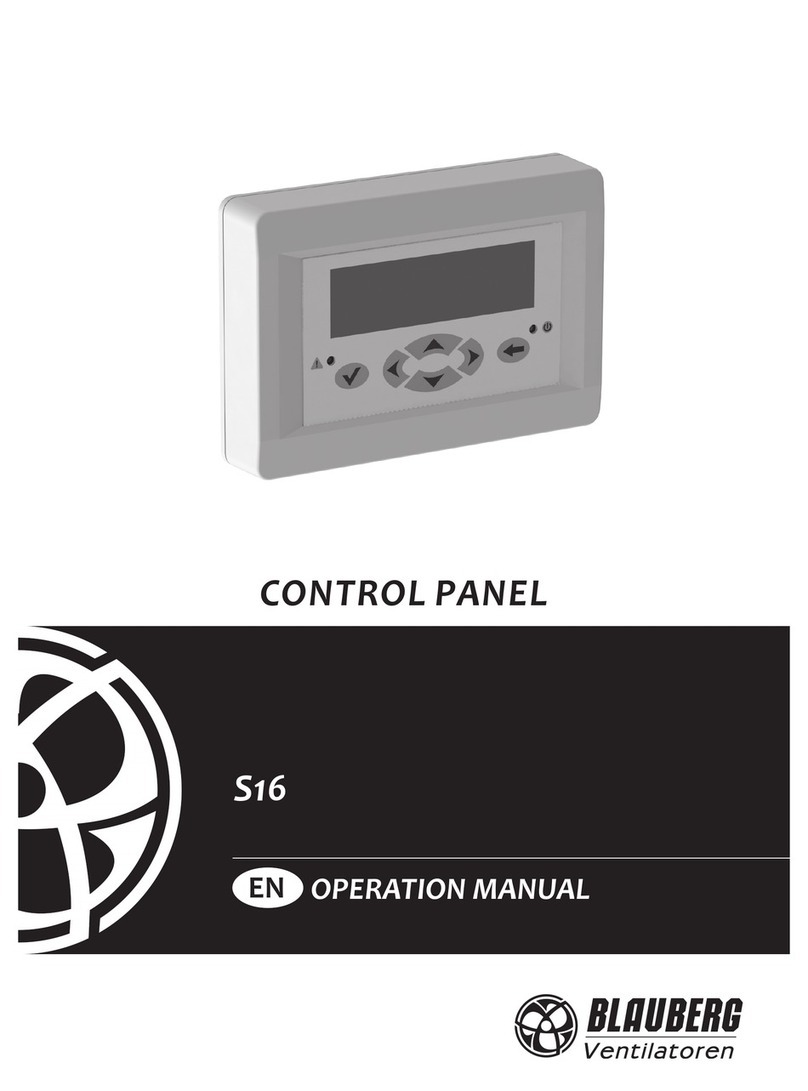
BLAUBERG Ventilatoren
BLAUBERG Ventilatoren S16 Operation manual
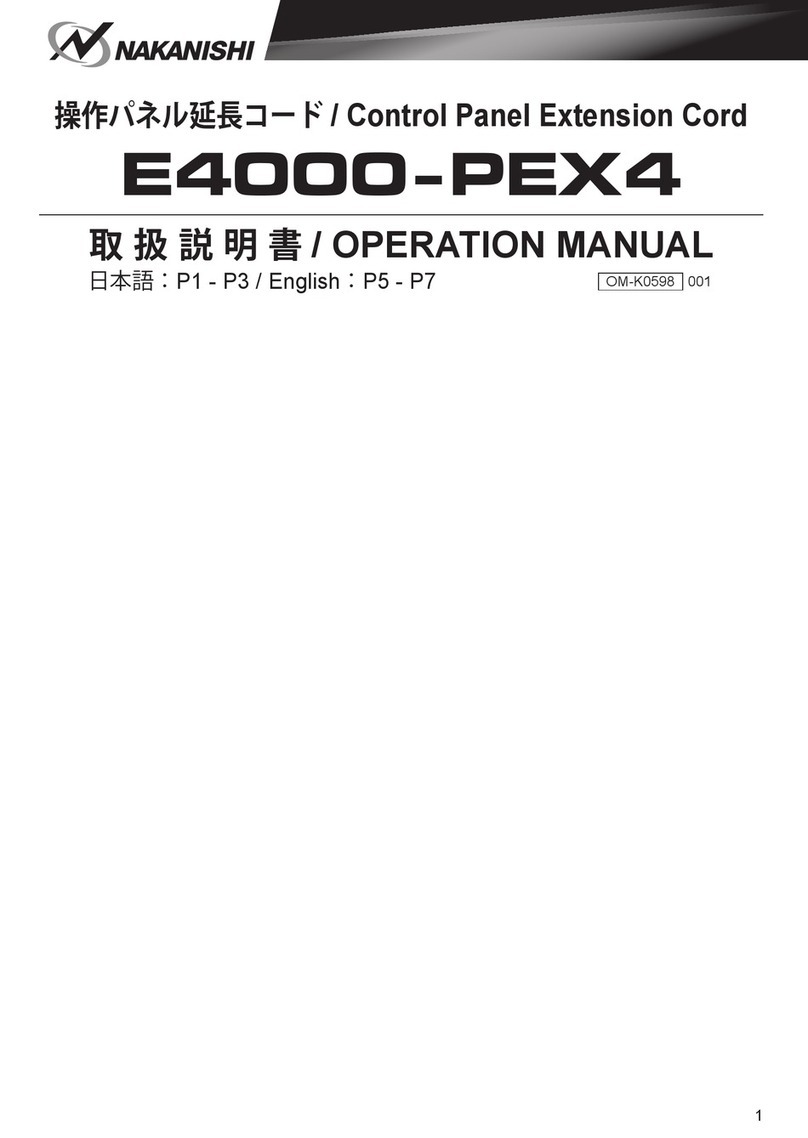
Nakanishi
Nakanishi E4000-PEX4 Operation manual

Vintage Air
Vintage Air 1955-59 manual
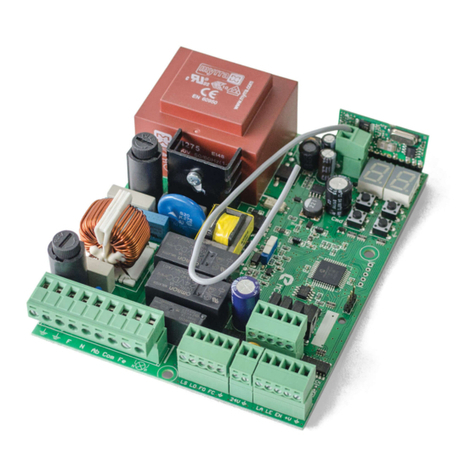
Motorline professional
Motorline professional MC50 User& installer's manual
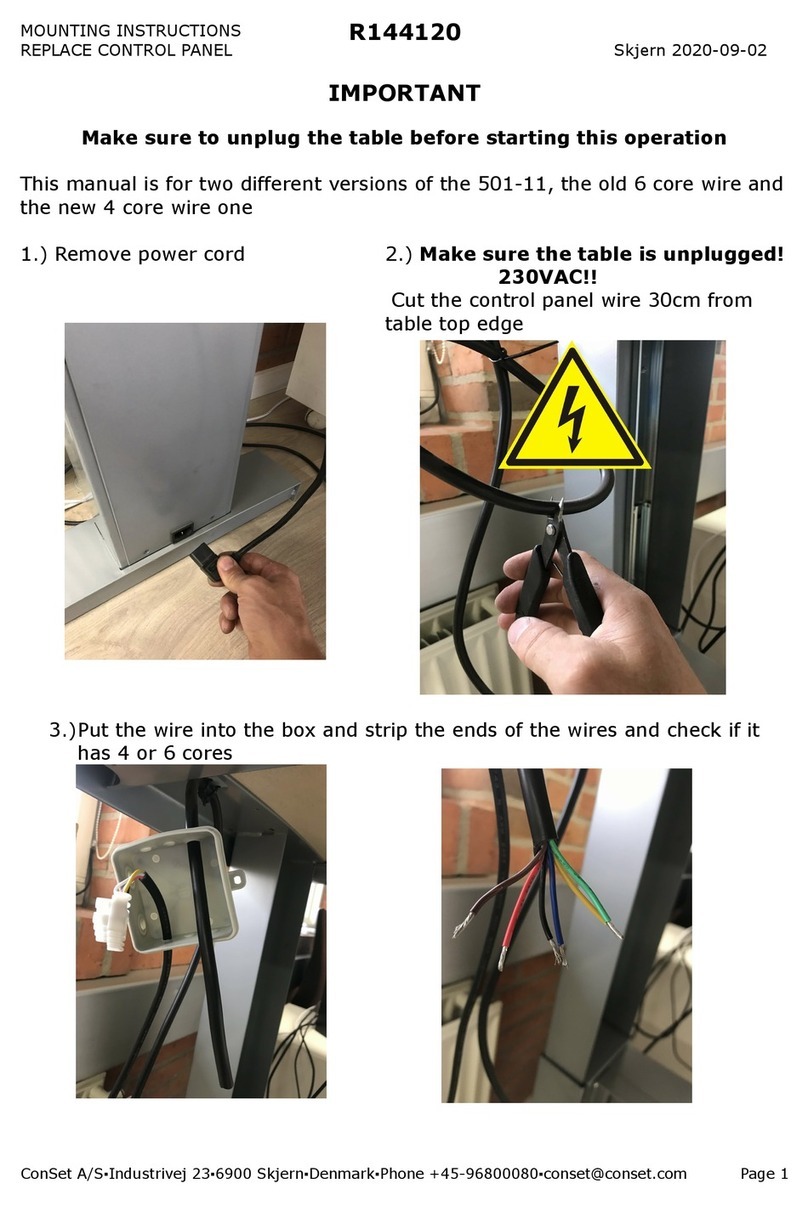
CONSET
CONSET R144120 Mounting instructions

Kaysun
Kaysun KCCHT-06 MODBUS owner's manual
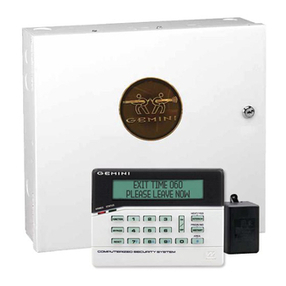
NAPCO
NAPCO Gemini GEM-P3200 installation instructions
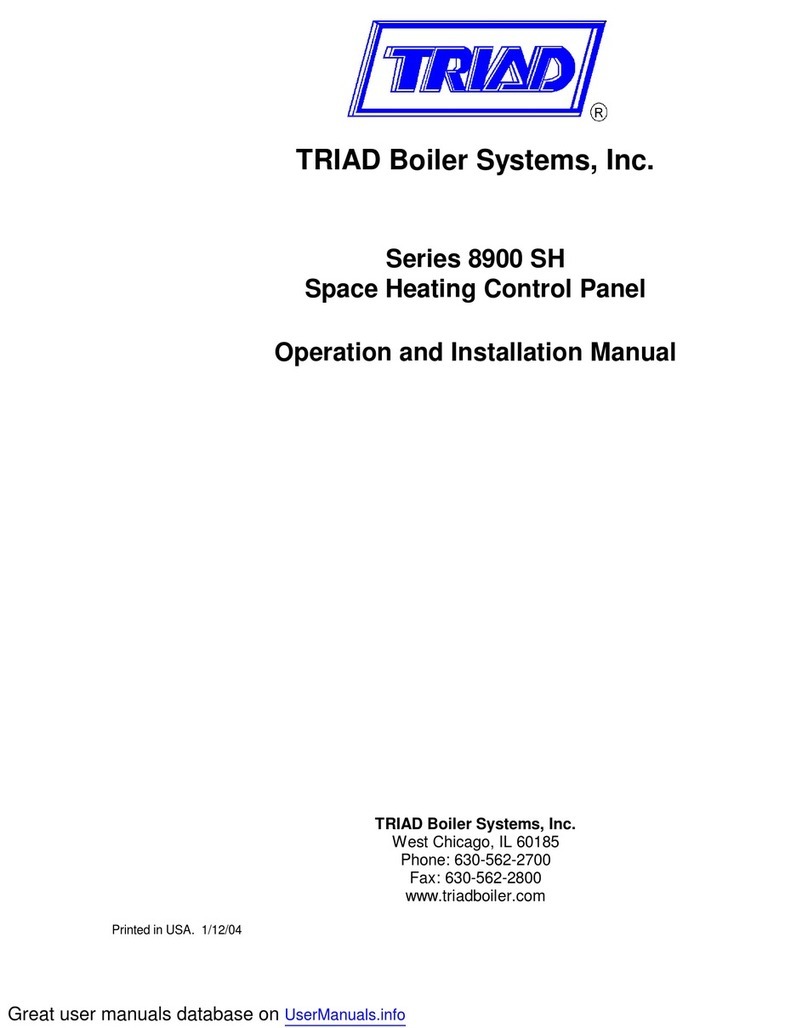
Triad
Triad 8900 SH Series Operation and installation manual

